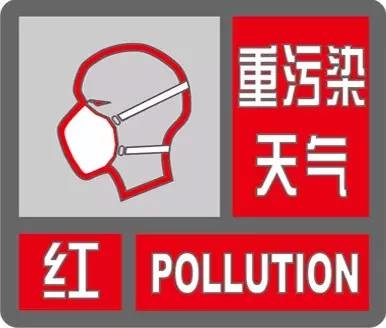Not surprisingly, smog yet again strikes back in much of China. Using the automatic weapon of our archive of daily photos of three of China’s major cities, I’d like to share a flashback of Beijing’s air quality throughout the month of November, showing, at the end of the month, what some have called the worst pollution this year (there are a few quite surreal blue-sky days, too):

During the pollution wave in November, Beijing handed out an orange alert to its citizens, sparing a school shutdown, among other things. On December 7, though, the government issued a red alert, meaning that schools will be suspended for a few days, half of the cars will be forbidden on the road, and other tough measures. Some parents have another concern: who’s going to take care of the children that are left school-less? I am not sure whether this last-minute alert upgrade had anything to do with the critical comments from some Chinese NGOs about the disappointing orange just a few days ago. This round is already making history in Beijing, which is using the highest-level air pollution alert for the first time (link in Chinese).
There has been a flurry of argument between concerned parents and school officials over another matter (in Chinese). Many parents are insisting schools install air purifiers for their kids. Some extremely persistent parents have even bought the appliances out of their own pockets and delivered them to their children’s classrooms. There are some schools, however, that have turned down these requests, on grounds such as that the education bureau would not allow it, or that there could be electricity issues, or that there might be noise or second-hand pollution.
On December 2, a State Council meeting passed a resolution (in Chinese) to push for tougher environmental standards for both existing and future coal-fired power plants, requiring existing plants to consume less than 310 grams of coal per KWh of electric output, and 300 grams for new plants, by 2020. And for eastern and central regions, this standard will need to be enforced earlier, by 2017 or 2018. Based on estimates, this will result in saving about 100 million tons of coal a year, or a reduction of 180 million tons of CO2 emissions, lowering the emissions from the electric sector by about 60 percent.




